Classic vs. Contemporary Literature: Bridging the Gap
Literature has always been a driving force for cultural expression and tale telling. Within the realm of literature, two major subcategories have developed over time: classic and current.
Contemporary literature reflects the changing narratives and viewpoints of the present, in contrast to classic literature, which is valued for its eternal and universal themes as well as appeal. It is crucial to investigate how classic and modern literature might coexist and close the gap between the ancient and the new, as opposed to setting them against one another.
Preserving the Past
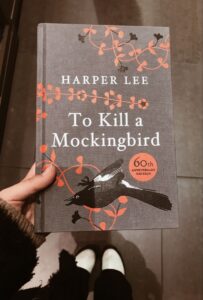
To Kill a Mockingbird, Harper Lee
The cornerstone of literary heritage is classic literature, which embodies the ideals, experiences, and values of bygone times. These books have endured the test of time and resonated with readers of all ages, including “Pride and Prejudice” by Jane Austen and “To Kill a Mockingbird” by Harper Lee. Using classic literature as a lens through which to comprehend our roots and draw lessons from the past, we can gain insightful understanding of history, culture, and the human condition.
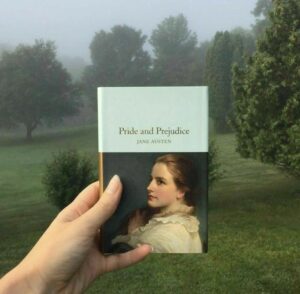
Pride and Prejudice, Jane Austen
Embracing the Present

Jhumpa Lahiri, Winner of Pulitzer Prize of Fiction
On the other hand, modern literature captures the spirit of the age and deals with current topics, reflecting the modern reality. It embraces various viewpoints, questions societal standards, and explores current issues.
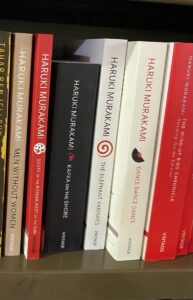
Works of Haruki Murakami
Among other topics, authors like Chimamanda Ngozi Adichie, Haruki Murakami, or Jhumpa Lahiri examine identity, globalisation, and social justice in their writing. Modern issues are given voice through contemporary writing, which also fosters empathy for various perspectives. This keeps the literary landscape vibrant and current.
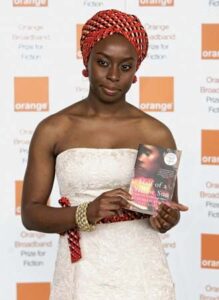
Chimamanda Ngozi Adichie
Bridging the Gap
Bridging the gap between classic and contemporary literature can result in a deeper literary experience rather than separating these two groups. A strong foundation can be laid by classic literature, which gives readers a profound understanding of the past and a sense of literary tradition. It can provide a framework of comparison for modern works, enabling readers to identify and examine recurrent themes and patterns.
The literary canon is simultaneously given fresh vitality by current literature, which broadens its perspectives and reflects a changing reality. It can retell well-known tales, offer novel viewpoints, and give them a fresh perspective. Readers can get a more complete perspective of the human experience by engaging with both classic and modern literature, promoting conversation between many eras and cultures.
Literature from the past and the present don’t preclude one another; rather, they improve one another. We may celebrate the timeless value of classic works while embracing the always changing narratives of modern literature by bridging the gap between these two groups. Together, they form a vibrant and diverse literary landscape that promotes inquiry, empathetic response, and a better appreciation of our common humanity. Let’s value the past while also embracing the present because each has something special to add to the rich tapestry of human stories.

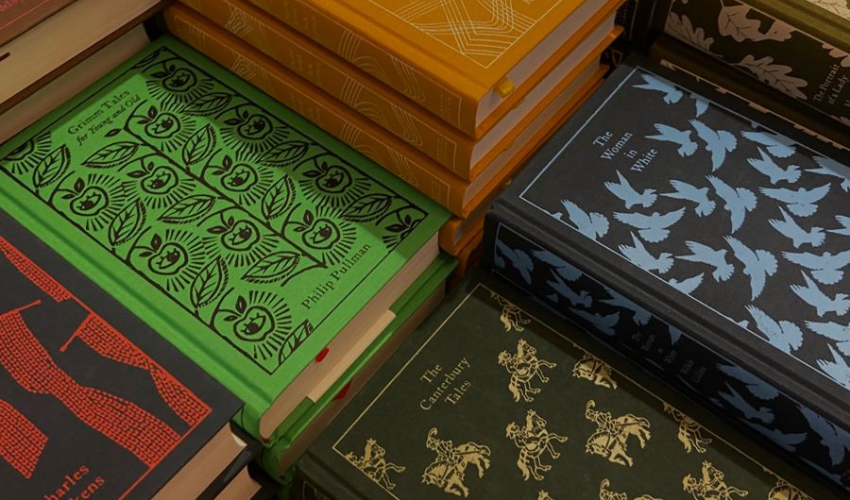
Leave a Reply